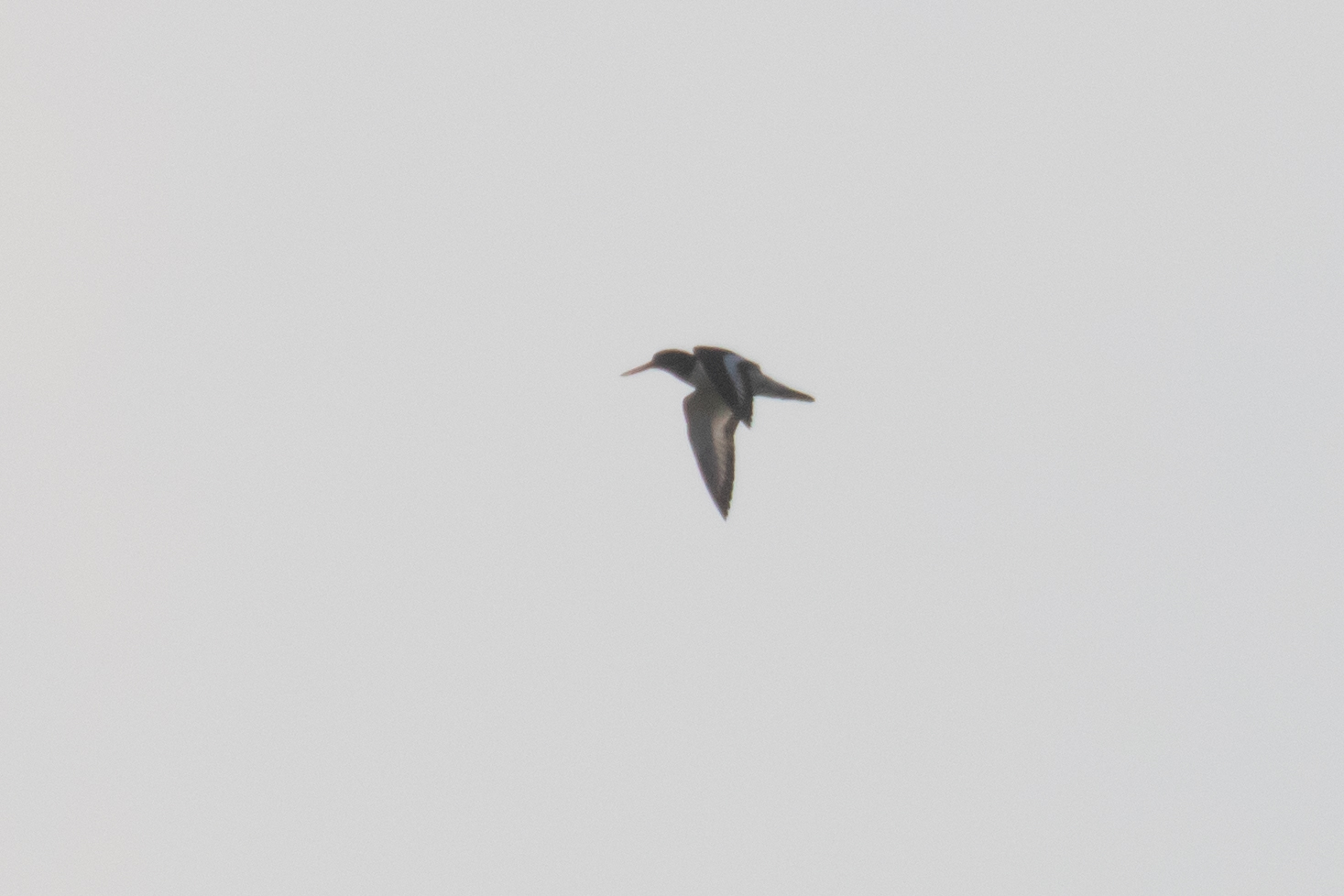This blog post looks at some of the more uncommon bird species recorded in the Lye Valley area of Headington, Oxford in spring 2020. It was a phenomenal spring for unusual birds!
Daily coverage revealed that both scarce and rare birds pass through this area, including some entirely unpredicted species. 63 species were recorded in April 2020 alone, out of a total of 81 species recorded ever. I saw the remarkable total of 6 new species for the area in April, meaning that nearly 10% of the species recorded were new for the Lye Valley area. In many ways, there may never be another month like April 2020.
Late March and early April see many species of waterbird take to the wing, moving towards their breeding areas. All the new species added to the Lye Valley patch list in April were birds that breed on or near water. The eBird list for April 2020 is here.
The month began with a regular Little Egret, that could be found feeding in the Lye Valley pools at dawn:

On 3rd April, two Little Egrets were seen to fly in from the west, presumably roosting somewhere near the River Thames. Both landed in trees above the Lye Valley pools:

Red-legged Partridge continued their odd pattern of occurrence. This species has only been recorded in late March and early April, a pattern more typical of migrating birds passing through, though partridges are not known for migration.

My first Mute Swan for the Lye Valley area flew over my head on 11th April:

April 12th, Easter Sunday, was a very memorable morning. The unmistakable insect-like song of a Grasshopper Warbler could be heard from Warneford Meadow:
Not only was this the first Grasshopper Warbler for the Lye Valley, but it is a remarkable record within Oxford city. It was also the equal earliest Grasshopper Warbler recorded in Oxfordshire this year, another was heard singing in Radley on the same morning (per Ian Elkins).
Shortly afterwards, Issac West found the first Sedge Warbler, singing by the tiny Churchill Hospital Balancing Pond. This bird remained for at least a week:


Any species of wading bird is a rarity in the Lye Valley area. Indeed, the only species of wader on the Lye Valley list before April 2020 was a Woodcock, in November 2019. I have often wondered what the next species of wader recorded would be, Lapwing perhaps? With no suitable habitat any species of wader would be like gold dust. As such, nothing prepared me for the shock of seeing two noisy Oystercatchers flying up from the golf course at dawn on 19th April:

This may be the pair that have been regularly recorded on Port Meadow. A pair of Oystercatchers were recorded over Iffley Meadows early the same morning (per Steve Roby) and were seen to fly into Port Meadow late morning (per Dave Lowe). These birds flew over the Lye Valley and away to the north-east, calling loudly:

I was delighted at having recorded Oystercatcher over Headington. But things were about to get much better: on April 25th all my wader dreams came true. Four medium-sized wading birds flew rapidly over the golf course, heading north-east. Fortunately, I managed to grab a few pictures of the birds before they disappeared, the images would prove crucial in confirming their identity. Astoundingly, the birds were 4 Bar-tailed Godwit:


A full write up of my most remarkable 11 seconds in the Lye Valley can be found here. The record has been confirmed and accepted by Ian Lewington, the Oxfordshire County Recorder.
The first Cuckoo for the Lye Valley flew over on 24th April, albeit silently. More satisfyingly, a male Cuckoo was also heard calling on 3rd May. This still remains a rare bird in Headington. Hobby is more frequently recorded, but is still uncommon. The bird below flashed over the golf course on 1st May:

All in all, a superb spring of local patch birding, at the end of my road. There may never be another like it. The full illustrated list of all bird species recorded in the Lye Valley and Warneford Meadow area can be found here. Now, what will summer bring?

Brilliant records and photos mate. A few years ago back in the day I saw and recorded in the Meadow; Skylarks. meadow pipits and Jack snipes; kingfishers. red-legged partridges. Grasshopper Warblers, Blackcaps, Song Thrushes; Sparrow-hawks, etc, etc.
A Hoopoe in May this year (20th )